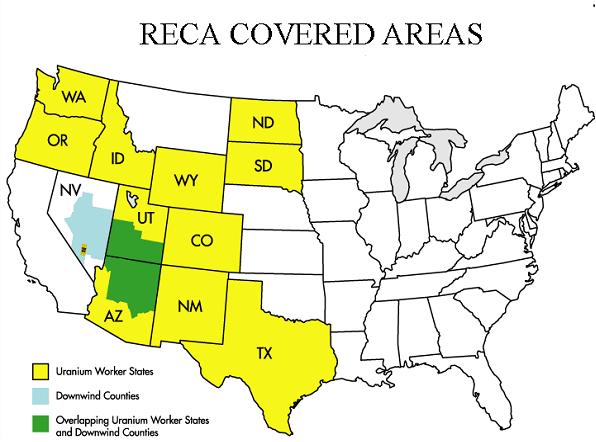
Friday, Jan. 27, is designated as a national day of remembrance for those who worked or lived downwind of nuclear testing sites during the Cold War and were later affected by radiation exposure.
The Yavapai County Board of Supervisors voted unanimously on Jan. 4 to approve a resolution acknowledging the remembrance day.
Nuclear testing in the United States began on July 16, 1945, at the Trinity Atomic Test Site in New Mexico. The Nevada Test Site, formerly known as the Nevada Proving Ground, conducted its first above-ground nuclear test in 1951, only 65 miles from Las Vegas. Over 900 nuclear tests were conducted at the site between 1951 and 1992. In 1963, the Test Ban Treaty prohibited atmospheric nuclear testing, although underground testing still took place.
Fallout from these tests spread across the Southwest, over areas in Northern Arizona, Nevada and southern Utah. Those who lived in these areas between 1947 and 1962 are considered “downwinders.”
The construction of nuclear weapons also required the mining and refinement of uranium, and those who worked in this field are also eligible to receive compensation for radiation exposure. As testing continued, ranchers began to notice strange burns on their sheep. Many saw the death of their livestock. There were also cancer clusters in certain neighborhoods that residents could not help but notice. The problems caused by the fallout came to wider awareness in 1984 when the U.S. District Court for the District of Utah found the federal government liable for negligence, although the decision was overturned three years later by the U.S. Court of Appeals for the 10th Circuit.
Many Southwesterners believe the federal government knew the potential threat that nuclear fallout posed to surrounding areas but was negligent in providing proper warning and protection to residents.
Congress passed the Radiation Exposure Compensation Act in October 1990, which provided partial restitution to those who lived in specific areas between 1941 and 1961. $2.6 billion in compensation has been paid to more than 40,000 claimants as of January 2023.
Sherrie Hanna, an Arizona downwinder advocate, has traveled around the U.S. sharing the plight of downwinders. She was born in Winslow, in the downwind area. Her late husband, who was also raised in that area, later contracted non-Hodgkin’s lymphoma, which is one of the cancers compensable under RECA and under the circumstances was assumed to have resulted from radiation exposure. Her father similarly died from esophageal cancer, another radiation-related illness.
“I am considered a downwinder,” Hanna said. “I haven’t contracted any of the diseases, yet, but I was raised in that timeframe in that area that was affected by the nuclear fallout. I made it my mission to start educating people and helping people get their compensation if they qualify.”
Downwinders are eligible for compensation of $50,000; on-site participants in the tests can receive up to $75,000 in compensation; and uranium miners, millers and ore transporters can receive $100,000. Downwinders can also receive free cancer screenings once a year for the rest of their lives.
For more information, visit justice. gov/civil/common/reca.